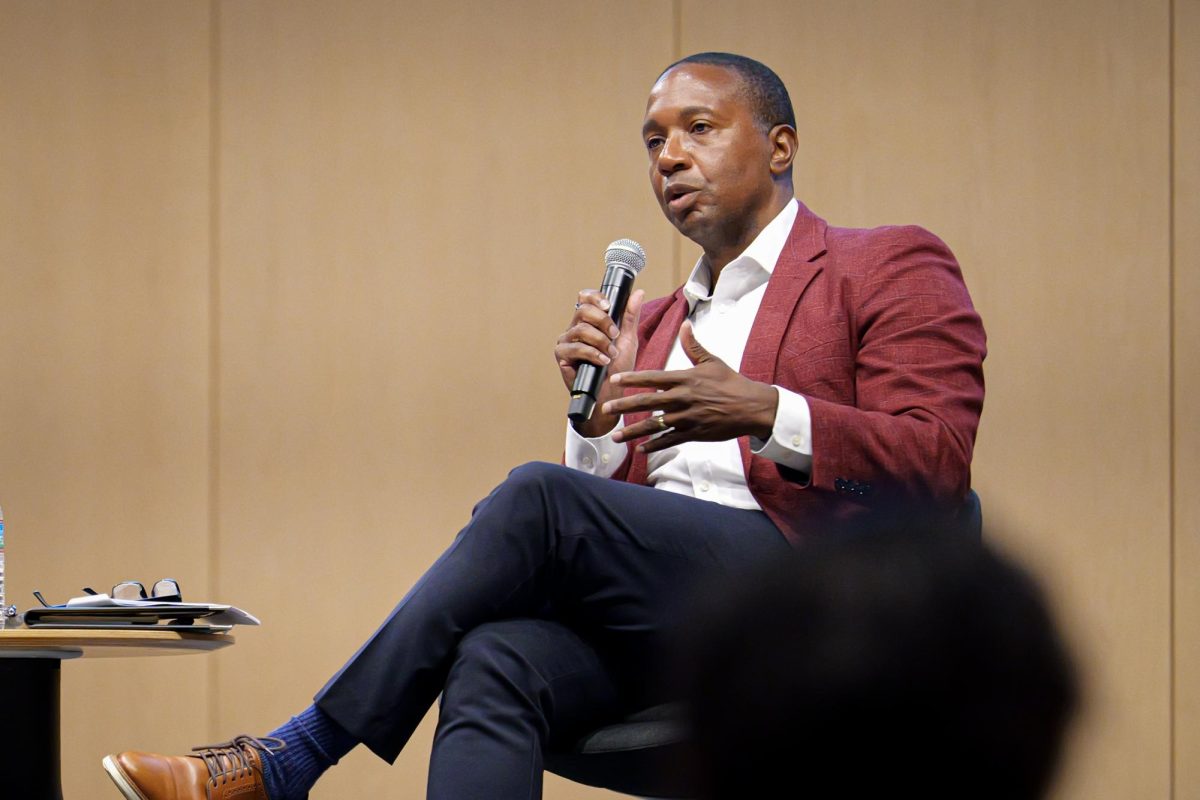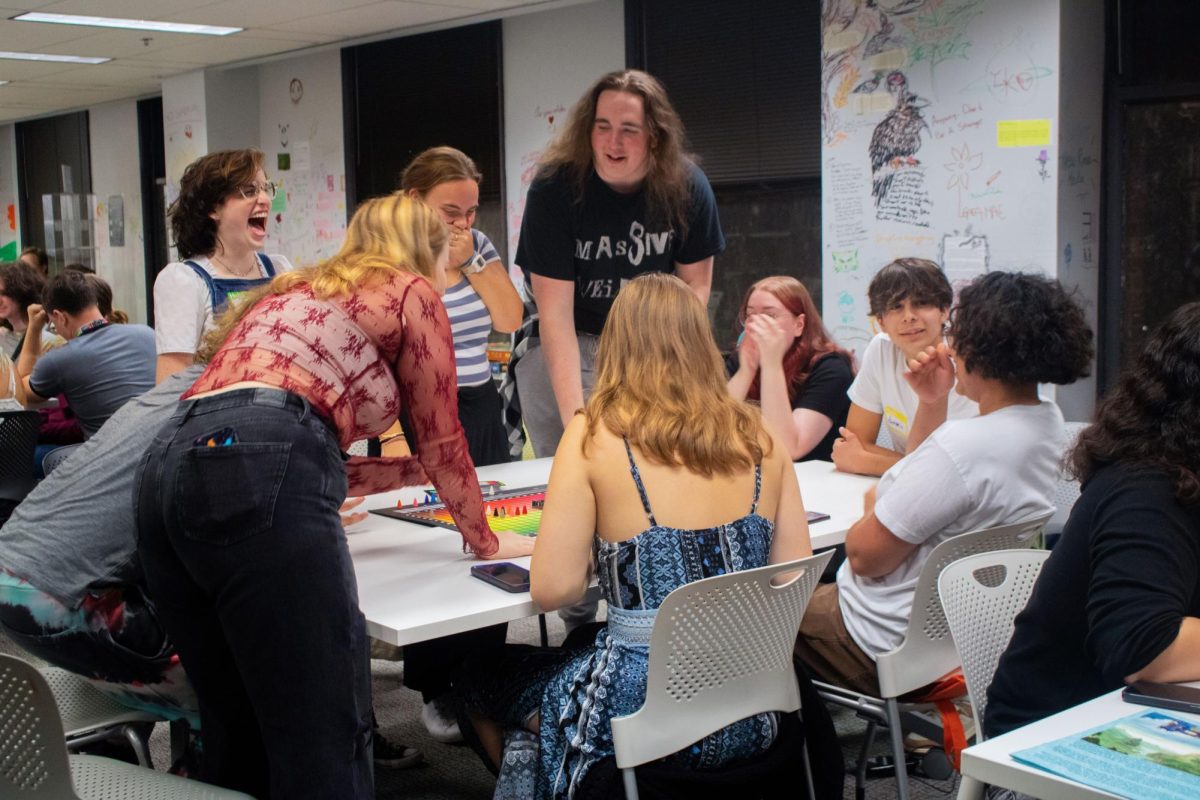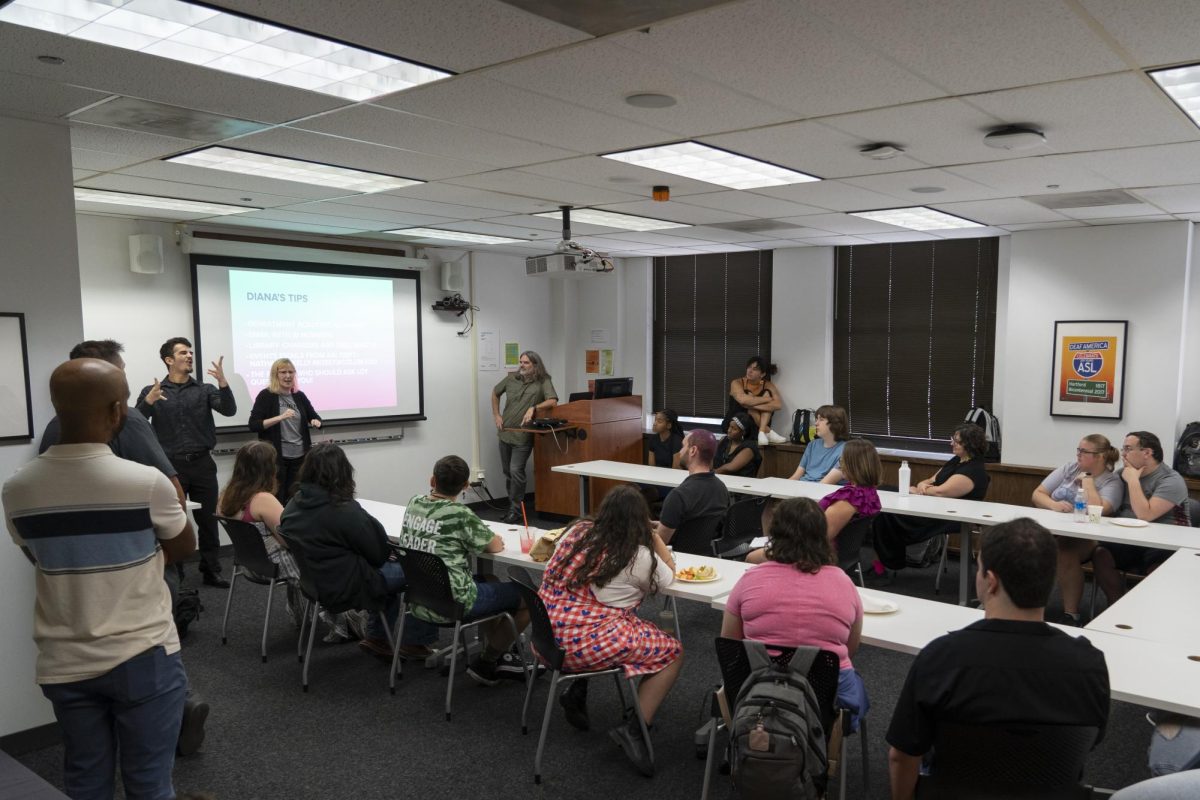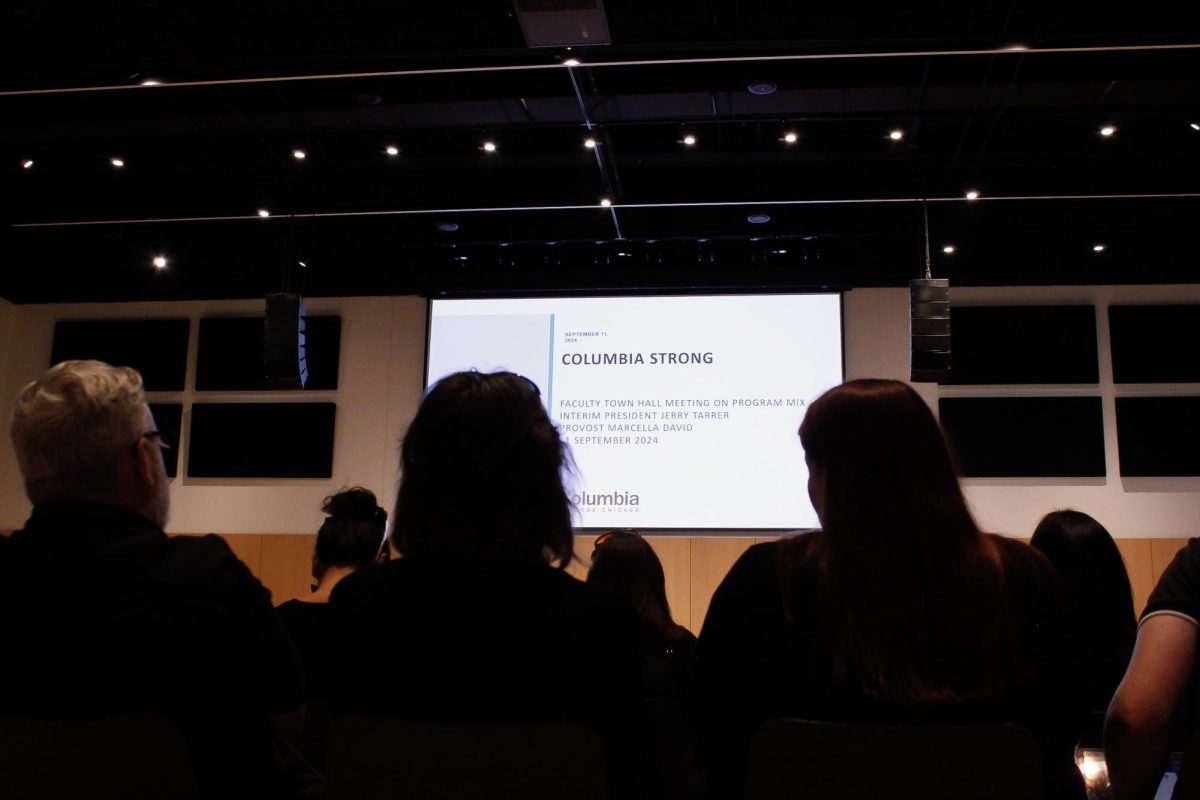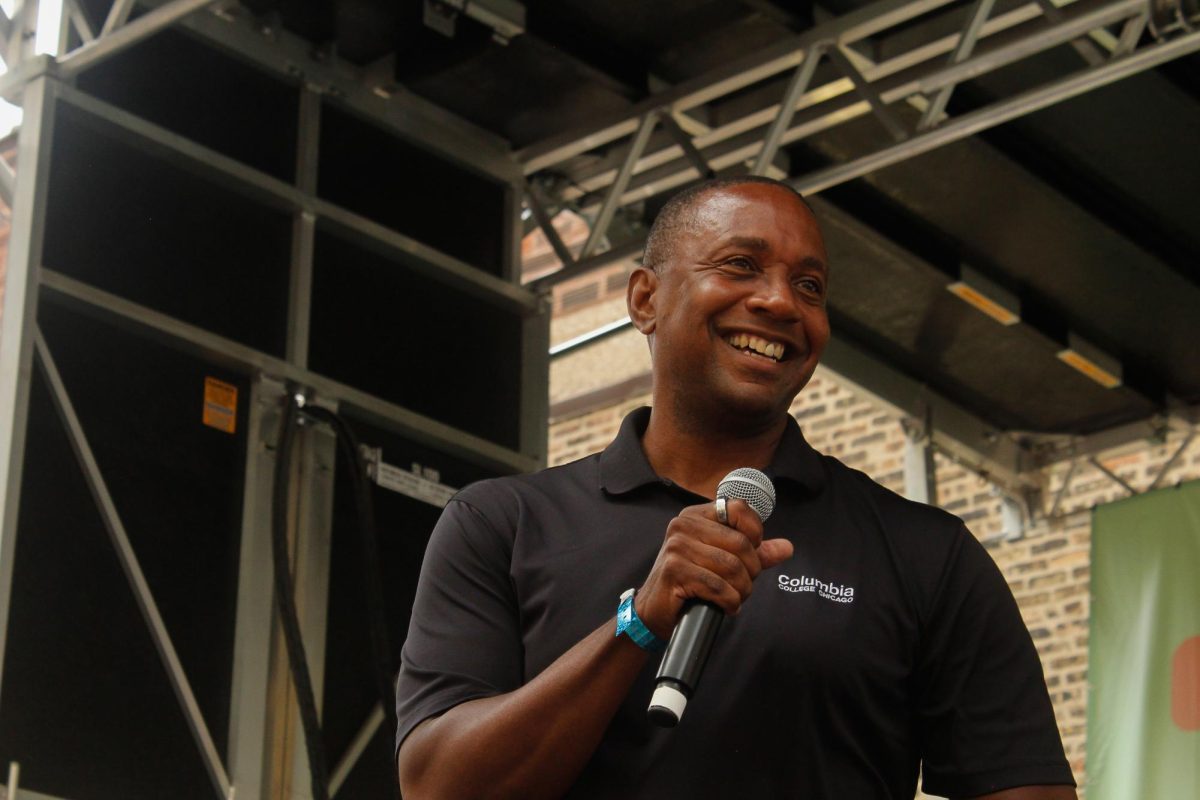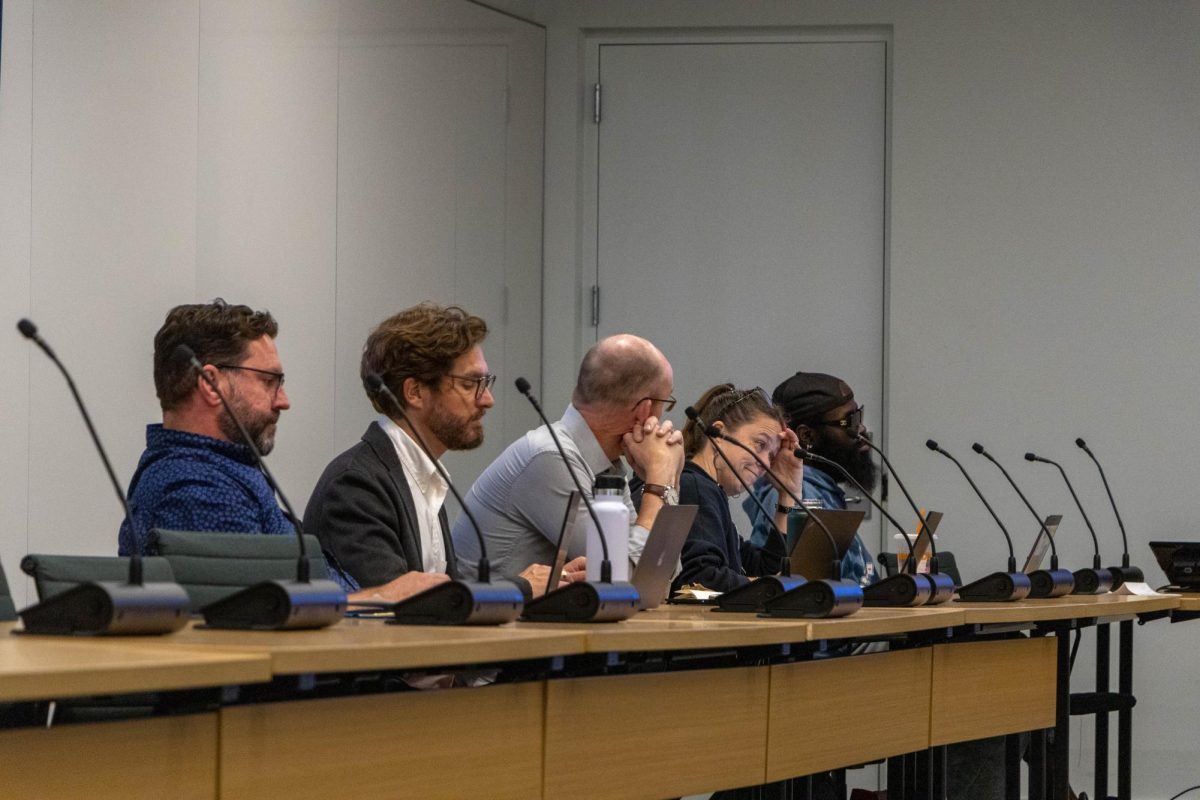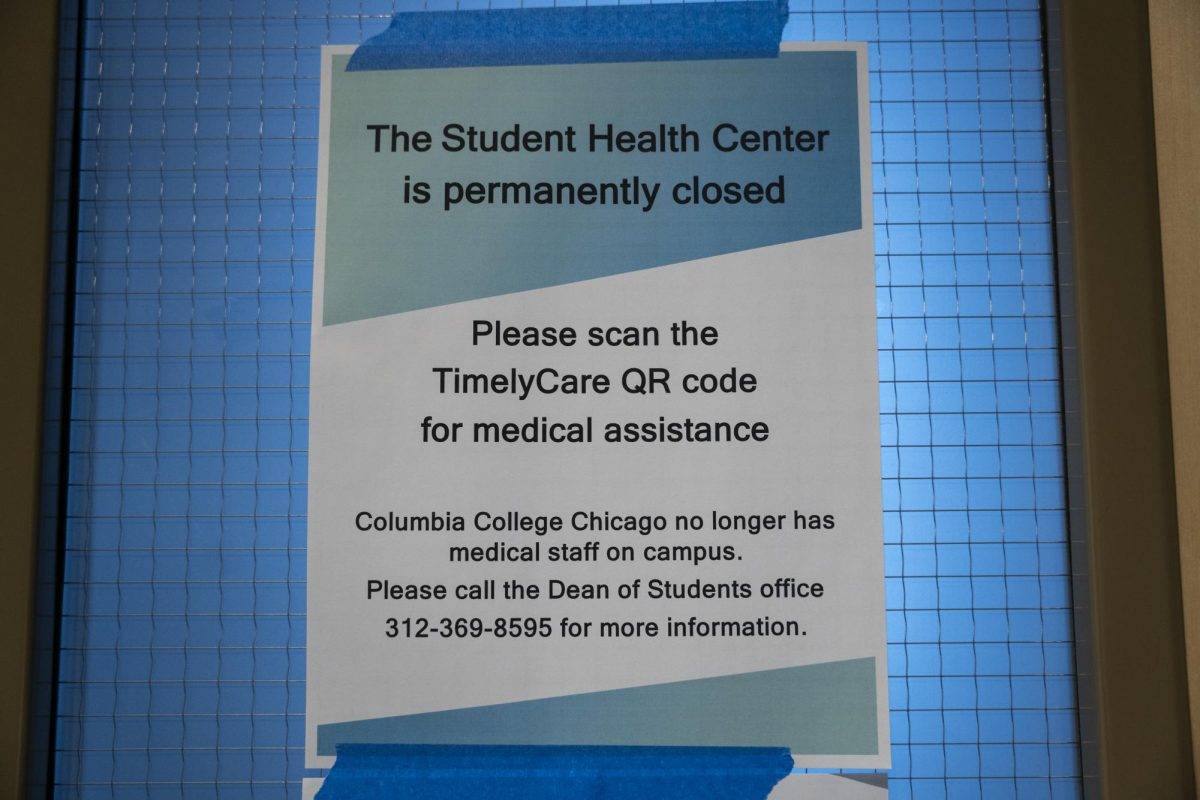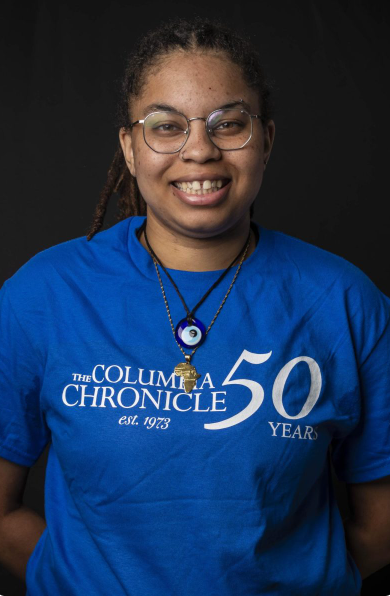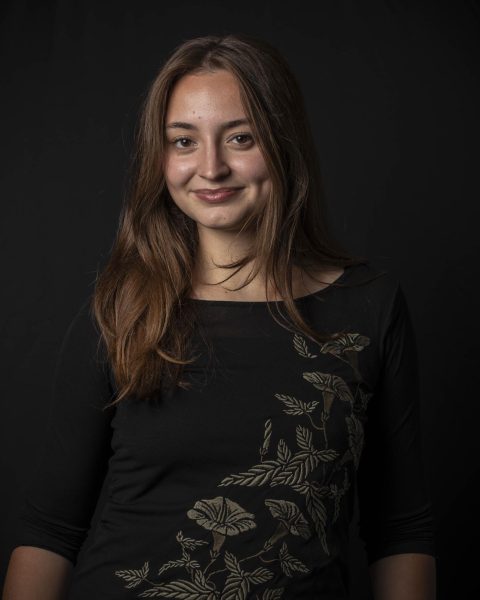The college has reduced its $38 million financial deficit to $17 million heading into the fall semester, but enrollment is down by about 1,000 students, interim President and CEO Jerry Tarrer told faculty at the All College Retreat on Friday, Aug. 16.
Tarrer said the college saved $15 million in administrative costs this summer but remarked that “most of that was people.”
In May, the college laid off 70 staff members. It also offered buyouts to 18 full-time faculty in three former departments, and 11 had accepted at the time the Chronicle reported the story earlier this week. Before the retreat, faculty members signed cards for their departing colleagues, who included Associate Professors Eric May and Tom Nawrocki and Professors Susan Imus, Jeff Schiff and others. They were from the former English and Creative Writing and Humanities, History, and Social Sciences departments as well as the former Creative Arts Therapies and Education programs.
None of the most senior administrators have lost their jobs.
“If you look around, a lot of the folks who were in various support functions are no longer here at this institution. It was necessary but it was extremely hard,” Tarrer said.
Tarrer, who also serves as the college’s CFO, said the college will be entering its 2025 fiscal year, which starts Sept. 1, at a deficit of $17 million, down from $38 million, but he said “we still have a lot of work to do.”
In a morning address to full-time faculty, Tarrer attributed the bulk of the massive deficit to the seven-week part-time faculty strike in Fall 2023. He said the strike also hurt enrollment.
He did not talk about the strike during an afternoon address attended by part-time faculty.
Enrollment is expected to be about 5,500 students this fall, which is 1,000 fewer than the previous year.
Tarrer listed three other main factors for lower enrollment, including fewer 18-year-olds in the population, more prospective students choosing to opt out of college and increased competition, noting DePaul University and University of Illinois Chicago art programs as direct competitors.
Tarrer said that over the next five years Columbia can plan for a total student body size of 5,300 to 5,700, in comparison to the 6,500 students enrolled in the Fall 2023 semester.
“We’re at a major crossroad. And I believe firmly I’m confident that although the resilience and the grit that has come to characterize this institution is being tested, that we all will rise to the occasion together,” said Tarrer.
Tarrer unveiled his 12-month priority plan at the collegewide meeting.
The plan includes initiatives to:
- Elevate the school’s marketing through a new positioning statement, a redesigned website and celebrating Columbia’s history,
- Bring Columbia to “financial equilibrium” through optimizing tuition costs, reducing expenses and divesting from property including the president’s house,
- Evolve the colleges course offerings through core revision, academic restructuring and launching new programs,
- Connect and “heal” the Columbia community through an increased campus presence and engagement as well as the launch of a speaker series and
- Serving creative talents of all backgrounds through new student retention initiatives, increase the college’s connection to industry professionals, fundraise more scholarships and reframe DEI initiatives.
“This is a really, really pivotal time in the history of this institution, this college. One of the things I’ve come to really appreciate is the fact that Columbia College is an institution where the whole is greater than the sum of its parts,” Tarrer said. “There is a powerful synergy that is created by all of you, all of the students.”
As part of his priority initiative, Tarrer announced the development and launch of Columbia Agency, an initiative first proposed under the “Building Our Brighter Future” strategic plan during former President Kwang-Wu Kim’s tenure.
The agency will “provide meaningful practical experience to students in the form of employment, internships, and in-class projects that complement their academic work,” according to the plan.
The development for the agency will also include “public-facing support” for agency endeavors including professional meeting spaces, technology and production tools. The agency will also serve as a campus-wide agency to help prospective employers book students for events.
“I think this will be something that will really or further highlight our distinctiveness and also be a powerful vehicle for faculty and students. To engage with corporate non-corporate partners I think really will enhance the college,” Tarrer said.
As an example of the kind of work the agency could do, he pointed to the college’s partnership this summer with NASCAR in which students created a print publication and two games on the NASCAR Tracks app for those attending the races. The project consisted of 18 students from the “Studio Collaboration” course and the “IAM Team” capstone.
Despite a challenging year, Tarrer remained optimistic about the year to come. “It’s a very palpable energy that I and others feel when they’re on our campus. Some have described it as kinetic. Some have described it as excitement, and some might describe it simply as joy. It’s very powerful.”
What are faculty and staff saying:
Micheal Caplan, a professor in the School of Film and Television, said with the array of changes at the college, especially with staff reductions, being back on campus feels “surreal.”
“We’re the same but we’re very different. There’s going to be just fewer people to help us. The infrastructure has been reduced and I’m really concerned for the students to be able to get their needs taken care of.”
Other faculty told the Chronicle they were optimistic about the next steps the college will take.
“It’s nice that we are heading in the right direction,” said Tim Cozzens, associate professor within the School of Design
Copy edited by Trinity Balboa
This story has been updated.


